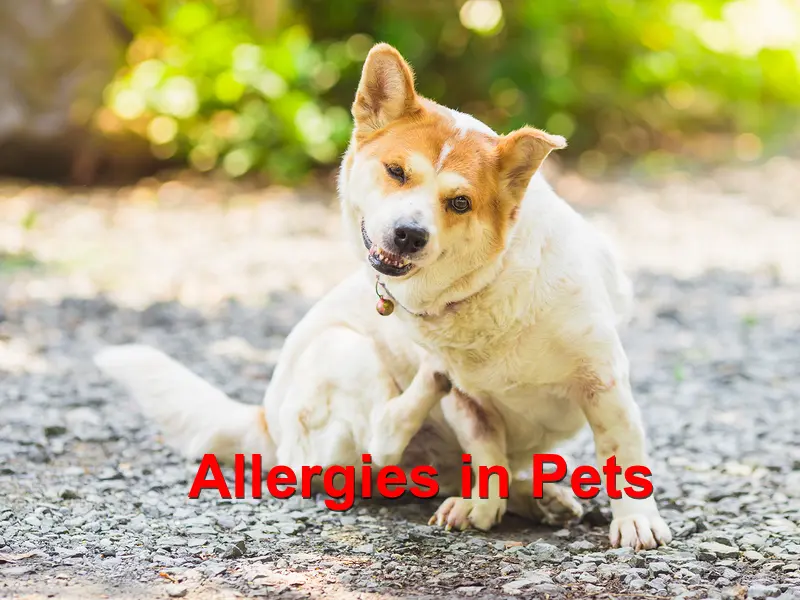Allergies in your pet: Is it the food or environment?
Just like humans, pets can also develop allergies. Depending on the animal’s reaction, pets still have the same stimuli to their food and environment, much like we do. However, there is often a thin line when it comes to identifying the type of pet allergy your animal may be experiencing. Here are insights in helping to determine the kind of allergy in action and potential remedies to use.
- Developing food allergies
Any individual pet, be it a dog or cat, can produce an allergic reaction towards any food. For example, feeding your dog or cat, the same food for years can potentially build intolerance and develop an allergy towards it. Usually, the pet’s immune system would start assuming the food as a foreign invader and start attacking it. Foods such as beef products, milk, corn, wheat, yeast and their foods containing these elements are the leading sources of allergies in dogs and cats.
Diagnosis and treatment
The following are an array of signs pointing to potential dog food allergy in pets.
- Moderate-to-severe itchiness
- Hair loss
- Skin problems like infections, hotspots, dry and flaky skin
- Chronic gastrointestinal problems, i.e., vomiting, bowel movements, and even diarrhea
Similarly, to dogs, cats also portray almost similar food allergy reactions. These include hair loss and severe neck itchiness.
An exclusion diet is the best option to treat allergies or intolerances, especially in dogs. Using an exclusion diet would entail the pet owner feeding the dog a limited number of ingredients with its nutrition. This is like making a special diet with food variations until the cause of the allergy is recognized.
- Developing environment allergies
Environment allergies, especially during the warmer months, would have dog experience more scratching activity. Often allergic components within the pet’s environment such as pollen grains, plants or household items would leave to a potentially chronic condition with the animal. Atopic dermatitis or AD is a typical environmental allergy reaction that is often hereditary in dogs. The situation would manifest as red itchy skin patches.
Diagnosis and treatment
The primary treatment option remains immunotherapy. That would involve desensitizing the animal to the allergens within the environment. You can also opt to relieve the animal’s allergy symptoms by using topical pet products to treat AD infections and rashes.
Generally, it remains wise to consider visiting the vet if you suspect your pet’s health might be facing a food or environmental allergy.
SOURCES:NIH, NIH, TUFTS, Biomedical Central





